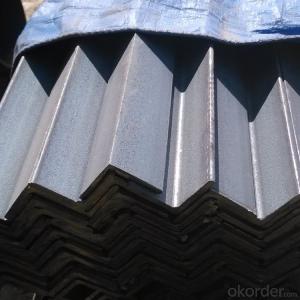A70*70*7 galvanized angle steel for construction
- Loading Port:
- Tianjin
- Payment Terms:
- TT OR LC
- Min Order Qty:
- 25 m.t.
- Supply Capability:
- 10000 m.t./month
OKorder Service Pledge
OKorder Financial Service
You Might Also Like
Product Description:
Angle steel is widely used in various building structure and engineering structure.
a.) beam, bridges, ship;
b.) transmission tower, reaction tower;
c.) lifting transportation machinery;
d.) industrial furnace;
e.) container frame, warehouse goods shelves, etc.
Standard | AISI, ASTM, BS, DIN, GB, JIS, etc mild angle steel |
Grade | Q235, Q345, SS400, A36, S235JR,S355JR, ST37-2,ST52, etc |
Equal Angle steel | Type: 2.5#-20# Size: 25-200mm Thickness: 3.0-20mm Weight: 0.597-71.168kg/m |
Unequal Angle steel | Type: 2.5/1.6-20/12.5 Long Side: 25-200mm Short Side: 16-125mm Thickness: 3.0-18mm Weight: 1.687-43.588kg/m |
Length | 5.8-12.0m OR according to client's request |
Element Contect | C<0.22% Si:<0.16% Mn: 0.30—0.65% P<0.060% S<0.060% |
1.Q:how long the goods will be ready for ?
A:some of goods we have stock and normal delivery time is 15-25d ays after received the deposit .
2.Q:How can we get more discount for the order ?
A:first ,T/T payment is much cheaper ,then the more you want the more discount you will be get
3.Q:Can your company provide unequal type angle steel ?
A:Yes , We provide equal angle steel 20*20*3/4 - 200*200*14/16/18/20 and unequal angle steel 25*16*3/4-200*125*12/15/16/18 specification
Protect horn tape is different from the traditional paper tape, using two plating steel to enhance, can protect the corner edge wear does not harm the increasingly into a corner. Protect horn tape more convenient than traditional metal construction. Our corner tape roll is packing, convenient construction and reduce waste. Customers can according to the length of the need to cut, and protect horn tape can be widely used in arch, arc and other edges does not exceed 90 °. Used to form Yang Angle bead surface to withstand shocks, the use of a typical in the Windows and doors mouth department.
The advantages of our products
1) professional mature production line
2) large production capacity.
3)Strict quality testing
4) factory price and best quality
5) fast delivery
6) high efficient after-sales service
7) emergency stockpile
8) we promise all of the queries and emails will get our reply within 24 hours.
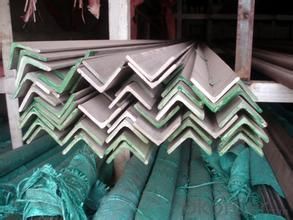
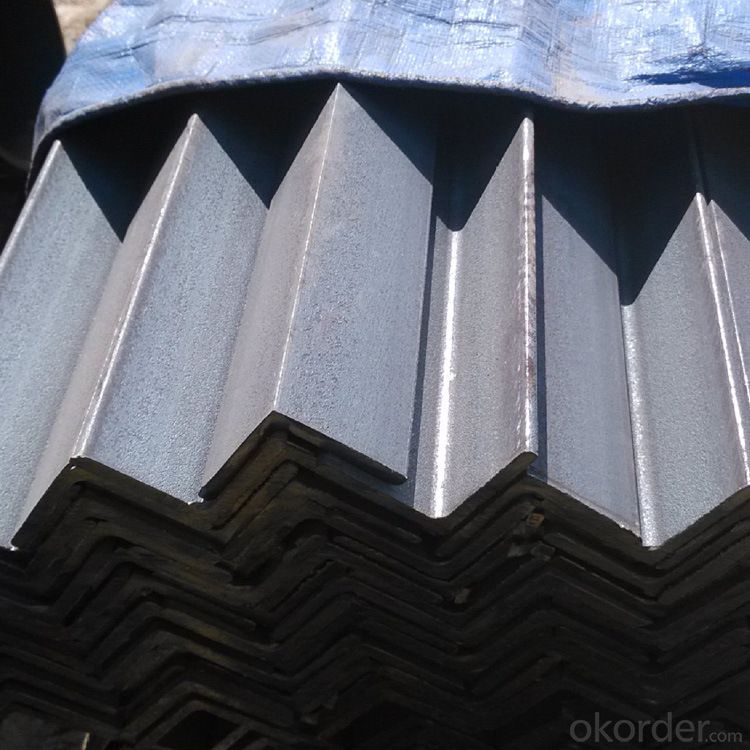
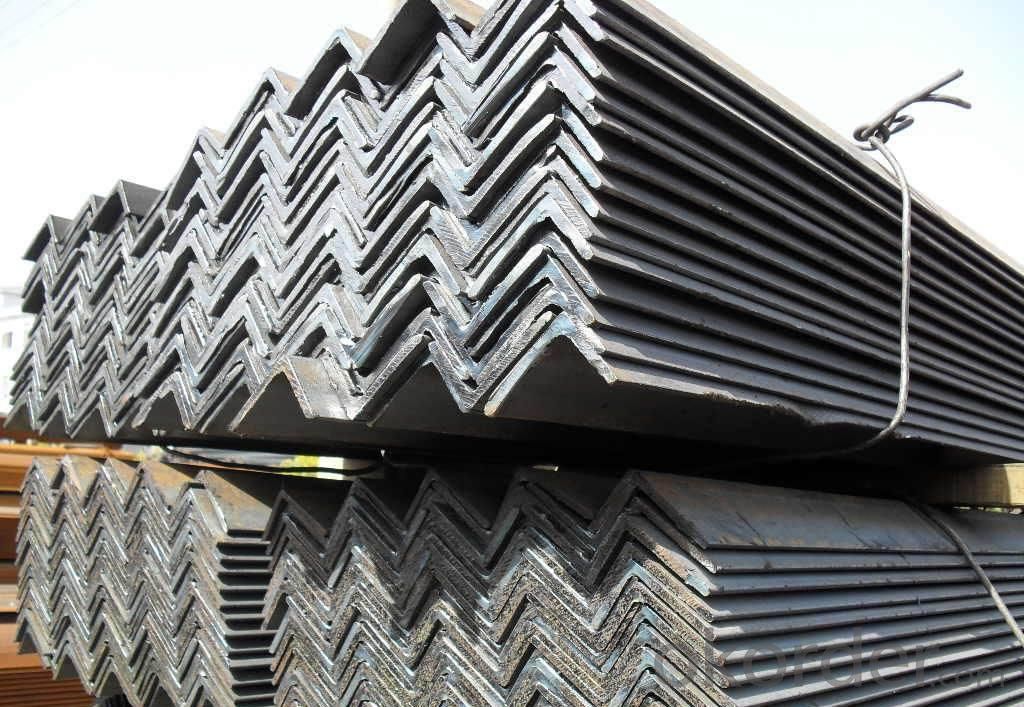
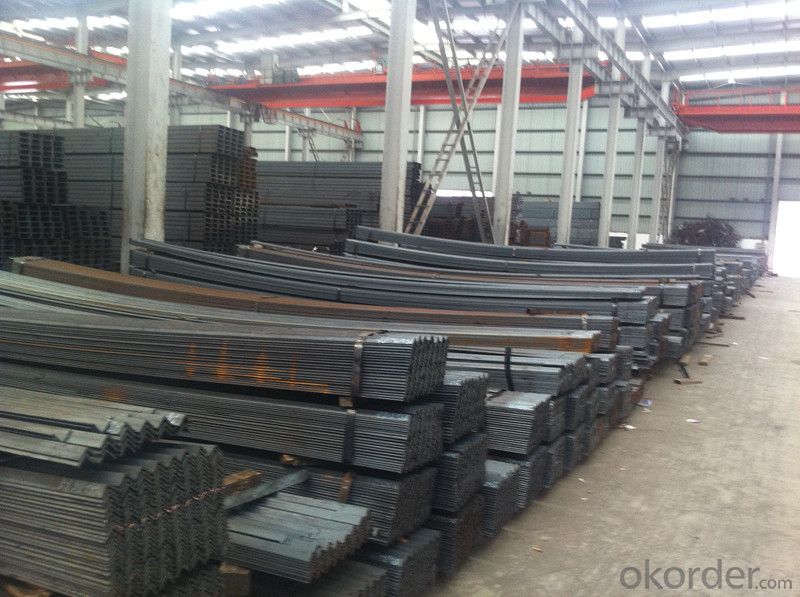
- Q:Can steel angles be used as reinforcements in concrete structures?
- Yes, steel angles can be used as reinforcements in concrete structures. Steel angles are commonly used to provide additional strength and support to concrete elements, such as beams, columns, and slabs. They are placed within the concrete to enhance its load-bearing capacity, improve structural integrity, and prevent cracking or failure. The versatility and durability of steel angles make them suitable for reinforcing various types of concrete structures.
- Q:Where can steel angles be purchased?
- There are various sources where one can purchase steel angles. One possibility is to go to a local hardware store or building supply center that focuses on construction materials. These stores typically have a diverse range of steel products, including steel angles. Another option is to browse the internet for suppliers or distributors that specialize in steel products. Many online retailers offer a wide array of steel angles and provide the convenience of shopping from the comfort of one's home. Moreover, it could be beneficial to reach out to local steel fabrication companies or metal suppliers, as they often have steel angles available in different sizes and grades. It is advisable to compare prices, quality, and reviews before making a purchase to ensure obtaining the best deal and a product that suits the intended use.
- Q:What is the maximum length for a curved steel angle?
- Several factors, such as the diameter of the curve, the steel thickness, and the project's specific requirements, determine the maximum length of a curved steel angle. Typically, the length can range from a few inches to several feet. However, it is crucial to seek guidance from a structural engineer or manufacturer to ensure the angle's structural integrity is not compromised. The manufacturing process and available equipment may also influence the achievable maximum length for a curved steel angle.
- Q:Can steel angles be used in transportation or infrastructure projects?
- Yes, steel angles can be used in transportation or infrastructure projects. They are commonly used in the construction of bridges, highways, railway tracks, and other transportation structures due to their high strength, durability, and load-bearing capabilities. Steel angles provide structural support and stability, making them suitable for various applications in the transportation and infrastructure sectors.
- Q:How do you calculate the deflection of a steel angle under load?
- To calculate the deflection of a steel angle under load, you can use the principles of structural engineering and the concept of beam deflection. The deflection of a beam is the degree to which it bends or sags under an applied load. Firstly, you need to determine the properties of the steel angle, such as its cross-sectional area, moment of inertia, and modulus of elasticity. These properties can be obtained from the manufacturer's specifications or through testing. Next, you should determine the type of loading the steel angle will be subjected to, such as a uniformly distributed load or a concentrated load. The magnitude and distribution of the load will affect the deflection. Once you have the necessary information, you can use various equations and formulas to calculate the deflection. One commonly used equation is the Euler-Bernoulli beam equation, which relates the deflection of a beam to the applied load, its length, and the properties of the material. The equation for calculating the deflection of a simply supported beam, such as a steel angle, under a uniformly distributed load is: δ = (5 * w * L^4) / (384 * E * I) Where: δ is the deflection w is the uniform load per unit length L is the length of the beam E is the modulus of elasticity of the steel angle I is the moment of inertia of the steel angle about its neutral axis For a concentrated load, the equation would be slightly different. Additionally, if the steel angle is not simply supported but has different boundary conditions, such as being fixed at one end, the equations will vary accordingly. It's important to note that these equations provide an estimate of the deflection, assuming the steel angle behaves linearly and elastically. In reality, there might be other factors affecting the deflection, such as material imperfections or non-linear behavior under high loads. Therefore, it is always recommended to consult a structural engineer or utilize specialized software for a more accurate and comprehensive deflection calculation.
- Q:What are the standard tolerances for steel angles?
- The standard tolerances for steel angles can vary depending on the specific grade and size of the angle. However, in general, the standard tolerances for steel angles include dimensional tolerances and straightness tolerances. Dimensional tolerances refer to the allowable variations in the dimensions of the steel angle, such as the thickness, width, and length. These tolerances are typically expressed as a range or a maximum allowable deviation from the specified dimensions. Straightness tolerances, on the other hand, refer to the allowable deviation from a straight line that the steel angle can have. This is typically measured by placing a straight edge along the length of the angle and measuring the maximum gap between the straight edge and the angle. It is important to note that the specific tolerances for steel angles should be determined based on the applicable standards and specifications, such as those provided by industry organizations or regulatory bodies. These standards and specifications will provide the necessary guidance on the acceptable tolerances for steel angles based on their intended use and application.
- Q:How do you specify steel angles in a construction project?
- When specifying steel angles in a construction project, one must consider their dimensions, grade, and any additional requirements. The dimensions are typically described as the length of each leg and the thickness of the material. For instance, a common specification may be "2-inch by 2-inch by 1/4-inch steel angle". The grade of the steel angle is also crucial to determine its strength and durability. Common grades include A36, A572, and A588. The selection of the grade depends on the project's structural requirements and environmental conditions. Apart from dimensions and grade, any additional requirements like corrosion resistance, fire resistance, or special finishes should be clearly stated. For example, if the steel angles will be exposed to outdoor elements, they might need to be hot-dip galvanized or coated with a protective paint. It is essential to refer to relevant codes and standards, such as the American Institute of Steel Construction (AISC) manual, for guidance on specifying steel angles in a construction project. These codes provide guidelines on allowable stress, design criteria, and other factors to ensure the safe and efficient use of steel angles in structural applications.
- Q:Can steel angles be easily modified or customized on-site?
- Yes, steel angles can be easily modified or customized on-site. Steel angles can be cut, drilled, welded, and bent to fit specific requirements. This versatility allows for easy customization and alteration of steel angles to suit various construction or fabrication needs. Additionally, on-site modifications are often necessary to ensure precise fitting and alignment during installation. With the right tools and expertise, steel angles can be modified and customized on-site without significant difficulty.
- Q:How do steel angles perform in terms of durability and longevity?
- Steel angles are known for their excellent durability and longevity. Due to their robust composition and resistance to corrosion, steel angles can withstand harsh environmental conditions, heavy loads, and extreme temperatures, making them highly durable. Moreover, their longevity is further enhanced by their ability to retain their structural integrity over prolonged periods without deteriorating. Overall, steel angles are a reliable and long-lasting choice for various construction and industrial applications.
- Q:What are the different types of steel angles available?
- There are several different types of steel angles available, each designed for specific applications and purposes. Some common types include: 1. Equal Angle: Also known as L-shaped angles, these steel angles have equal side lengths and are often used for general structural and construction purposes. They provide excellent support and stability when connected to other structural components. 2. Unequal Angle: As the name suggests, unequal angles have different side lengths. These angles are commonly used in applications where one side needs to be longer or shorter than the other, such as supporting uneven loads or creating specific shapes. 3. Stainless Steel Angle: These angles are made from stainless steel, which is highly resistant to corrosion, making them suitable for applications where exposure to moisture or chemicals is a concern. They are often used in food processing plants, chemical industries, and marine environments. 4. Galvanized Angle: Galvanized steel angles are coated with a layer of zinc, providing excellent corrosion resistance. This makes them ideal for outdoor applications or areas with high humidity or saltwater exposure. 5. Rolled Steel Angle: Rolled steel angles are manufactured by rolling hot-rolled steel into the desired shape. This process enhances the strength and durability of the angle, making it suitable for heavy-duty applications. 6. Slotted Angle: Slotted angles have holes or slots along their length, allowing for easy attachment and adjustment. They are commonly used in shelving systems, workbenches, and storage racks, as they offer a versatile and customizable solution. 7. Structural Steel Angle: These angles are typically used in construction projects requiring load-bearing support. They are designed to withstand heavy loads and provide structural stability in buildings, bridges, and other infrastructure projects. It is important to consider the specific requirements of your project before choosing the appropriate type of steel angle. Consulting with a structural engineer or steel supplier can ensure that you select the right angle for your application.
1. Manufacturer Overview |
|
|---|---|
| Location | |
| Year Established | |
| Annual Output Value | |
| Main Markets | |
| Company Certifications | |
2. Manufacturer Certificates |
|
|---|---|
| a) Certification Name | |
| Range | |
| Reference | |
| Validity Period | |
3. Manufacturer Capability |
|
|---|---|
| a)Trade Capacity | |
| Nearest Port | |
| Export Percentage | |
| No.of Employees in Trade Department | |
| Language Spoken: | |
| b)Factory Information | |
| Factory Size: | |
| No. of Production Lines | |
| Contract Manufacturing | |
| Product Price Range | |
Send your message to us
A70*70*7 galvanized angle steel for construction
- Loading Port:
- Tianjin
- Payment Terms:
- TT OR LC
- Min Order Qty:
- 25 m.t.
- Supply Capability:
- 10000 m.t./month
OKorder Service Pledge
OKorder Financial Service
Similar products
New products
Hot products
Related keywords
